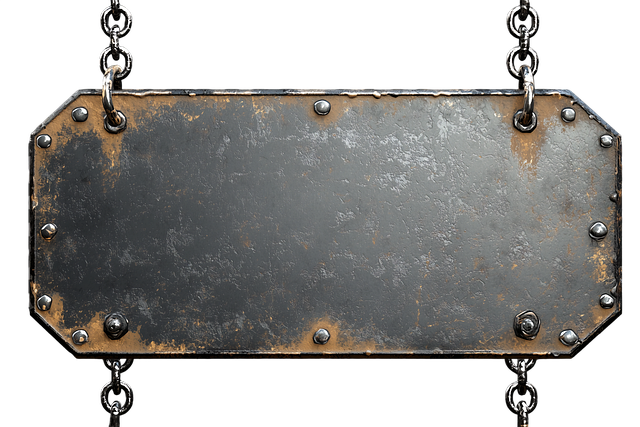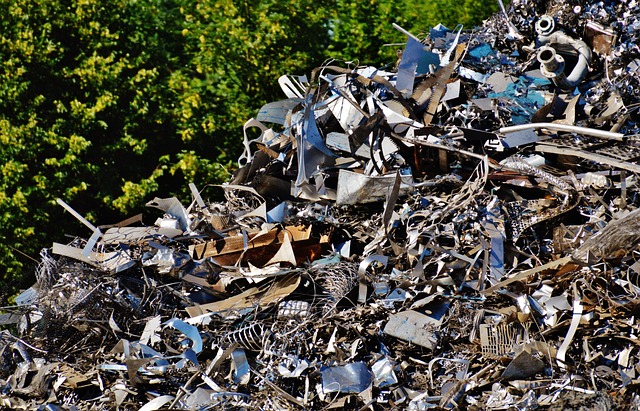Precision metal parts are indispensable for heavy-duty applications, where they must withstand extreme conditions such as high stress, abrasion, and significant wear. Advanced manufacturing techniques like CAD and CNC machining are employed to ensure these components achieve exceptional accuracy and resilience. The selection of materials, such as stainless steel, aluminum alloys, and titanium, is critical for their durability and performance in these harsh environments. Rigorous testing procedures validate that the parts meet stringent standards for heavy-duty use, which may involve exposure to chemicals, extreme temperatures, or high pressures. The integration of these precision-engineered parts into larger systems enhances the safety, efficiency, and longevity of machinery in industries like construction, mining, and transportation. Quality control processes, including NDT methods, monitor the integrity of these components throughout their lifecycle to ensure consistent performance, with predictive maintenance strategies minimizing downtime. This comprehensive approach underscores the importance of precision engineering and advanced manufacturing techniques in maintaining high-performance standards within heavy-duty sectors.
precision metal parts play a critical role in heavy-duty applications across various industries. This article delves into the robust manufacturing processes and material science advancements that ensure these components meet stringent performance standards. From the selection of optimal materials to the application of cutting-edge manufacturing techniques, we explore how quality control and rigorous testing are paramount for the longevity and reliability of heavy-duty machinery. The focus on precision engineering in metal fabrication not only enhances operational efficiency but also contributes to safety and environmental sustainability in demanding environments.
- Understanding the Demands of Precision Metal Parts in Heavy-Duty Applications
- Material Selection: The Cornerstone of Durability and Performance
- Advanced Manufacturing Techniques for High-Quality Metal Components
- Quality Control and Testing: Ensuring Reliability and Longevity in Heavy-Duty Usage
Understanding the Demands of Precision Metal Parts in Heavy-Duty Applications

In heavy-duty applications, precision metal parts are subject to rigorous demands that test their durability and functionality under extreme conditions. The environments in which these components operate often include high stress, abrasive materials, and significant wear and tear. To withstand such challenges, precision metal parts must be engineered with a high degree of accuracy and resilience. Advanced manufacturing techniques, including computer-aided design (CAD) and computer numerical control (CNC) machining, are employed to achieve the necessary tolerances and material properties. These parts undergo stringent testing protocols to ensure they meet the exacting standards required for heavy-duty use, which may involve exposure to harsh chemicals, high temperatures, or intense pressures. The selection of appropriate materials is critical; metals such as stainless steel, aluminum alloys, and high-strength titanium are often chosen for their robustness and performance characteristics in demanding applications. The integration of these precision parts into larger systems must be seamless to guarantee the overall reliability and longevity of heavy machinery and vehicles, which is paramount for safety and efficiency in industries such as construction, mining, and transportation.
Material Selection: The Cornerstone of Durability and Performance

In the realm of heavy-duty precision metal parts, material selection stands as a pivotal element in determining both durability and performance. The choice of material directly influences the component’s ability to withstand rigorous use, environmental conditions, and mechanical stressors. For instance, alloys such as stainless steel offer exceptional corrosion resistance and strength, making them ideal for applications exposed to harsh environments or chemical agents. Similarly, heat-resistant materials like nickel-based alloys excel in high-temperature settings, ensuring longevity and reliability under extreme thermal conditions.
Advancements in material science have expanded the selection available to designers and engineers, enabling them to tailor metal parts for specific applications. For heavy machinery or automotive components, selecting the right combination of hardness, ductility, and weight is crucial. This targeted approach allows for optimal performance, as each material property contributes to the overall functionality and longevity of the part. The precision engineering required for these components necessitates a deep understanding of material properties, ensuring that every part not only meets but exceeds the standards for heavy-duty use.
Advanced Manufacturing Techniques for High-Quality Metal Components

In the realm of heavy-duty applications, precision metal parts are subject to rigorous performance standards and stringent quality control measures. Advanced manufacturing techniques such as Computer Numerical Control (CNC) machining and Three-Dimensional Printing (3D printing) have revolutionized the production of high-quality metal components. CNC machining employs precise computer-aided design (CAD) data to cut, drill, or grind materials like aluminum, steel, and titanium with exceptional accuracy, ensuring parts meet exacting dimensions and tolerances critical for heavy-duty use. The integration of 3D metal printing further expands the capabilities of manufacturing, enabling complex geometries that were once impossible to achieve through traditional methods. This additive process allows for intricate designs that can enhance strength and reduce weight in critical applications, from aerospace to automotive industries.
The adoption of these advanced techniques not only enhances the material properties of the final products but also streamlines the manufacturing process, leading to reduced waste and faster production times. High-precision laser cutting and Electrical Discharge Machining (EDM) are additional processes that contribute to the intricate crafting of metal components. These methods ensure that each part is fabricated with the utmost precision, essential for components that must endure high levels of stress and wear in heavy-duty environments. The synergy between these advanced manufacturing techniques and the meticulous quality control measures that follow results in a final product that can withstand extreme conditions, ensuring longevity and reliability in its application.
Quality Control and Testing: Ensuring Reliability and Longevity in Heavy-Duty Usage

Precision metal parts for heavy-duty applications are subject to rigorous quality control and testing protocols to ensure their reliability and longevity under demanding conditions. These processes begin with stringent material selection, where metals are chosen based on their mechanical properties, such as tensile strength and hardness, which align with the specific operational requirements of the application. Advanced manufacturing techniques, including Computer Numerical Control (CNC) machining and precision casting, are employed to create parts with minimal deviation from specified dimensions and tolerances. Subsequently, these components undergo a series of stress tests that simulate real-world conditions, including dynamic load cycling, thermal shock testing, and endurance testing, to validate their performance over time. Non-destructive testing (NDT) methods like X-ray fluorescence (XRF) or ultrasonic examination are utilized to detect any internal anomalies that could compromise the integrity of the parts. This comprehensive approach to quality control and testing ensures that precision metal parts for heavy-duty use meet stringent standards, thereby guaranteeing their functionality and durability across various industries, including construction, mining, and transportation.
In the realm of heavy-duty applications, the reliability of precision metal parts hinges on meticulous quality control measures that extend beyond initial production. Continuous monitoring and periodic inspection are integral to maintaining part performance over their operational lifecycle. This involves implementing condition monitoring technologies, such as vibration analysis and acoustic emission sensors, which can predict potential failures by detecting subtle changes in the parts’ behavior. Additionally, predictive maintenance strategies are employed, leveraging data collected from these monitoring systems to schedule timely maintenance and repairs, thus reducing downtime and extending the service life of the components. The commitment to such a robust quality control and testing framework is essential for industries that rely on heavy-duty precision metal parts to maintain safety, efficiency, and productivity.
In the realm of heavy-duty applications, precision metal parts play a pivotal role in maintaining operational efficiency and safety. The rigorous demands placed on these components necessitate judicious material selection and the application of advanced manufacturing techniques to guarantee their durability and performance. This article has delved into the critical aspects of selecting appropriate materials for heavy-duty use, highlighting the importance of precision engineering and the stringent quality control processes that ensure reliability and longevity. The emphasis on cutting-edge manufacturing methods, coupled with thorough testing protocols, underscores a commitment to excellence in the metal industry, particularly for components subjected to intense conditions. As the sector continues to evolve, adhering to these principles will remain essential to meet the high standards required for precision metal parts in heavy-duty use.
